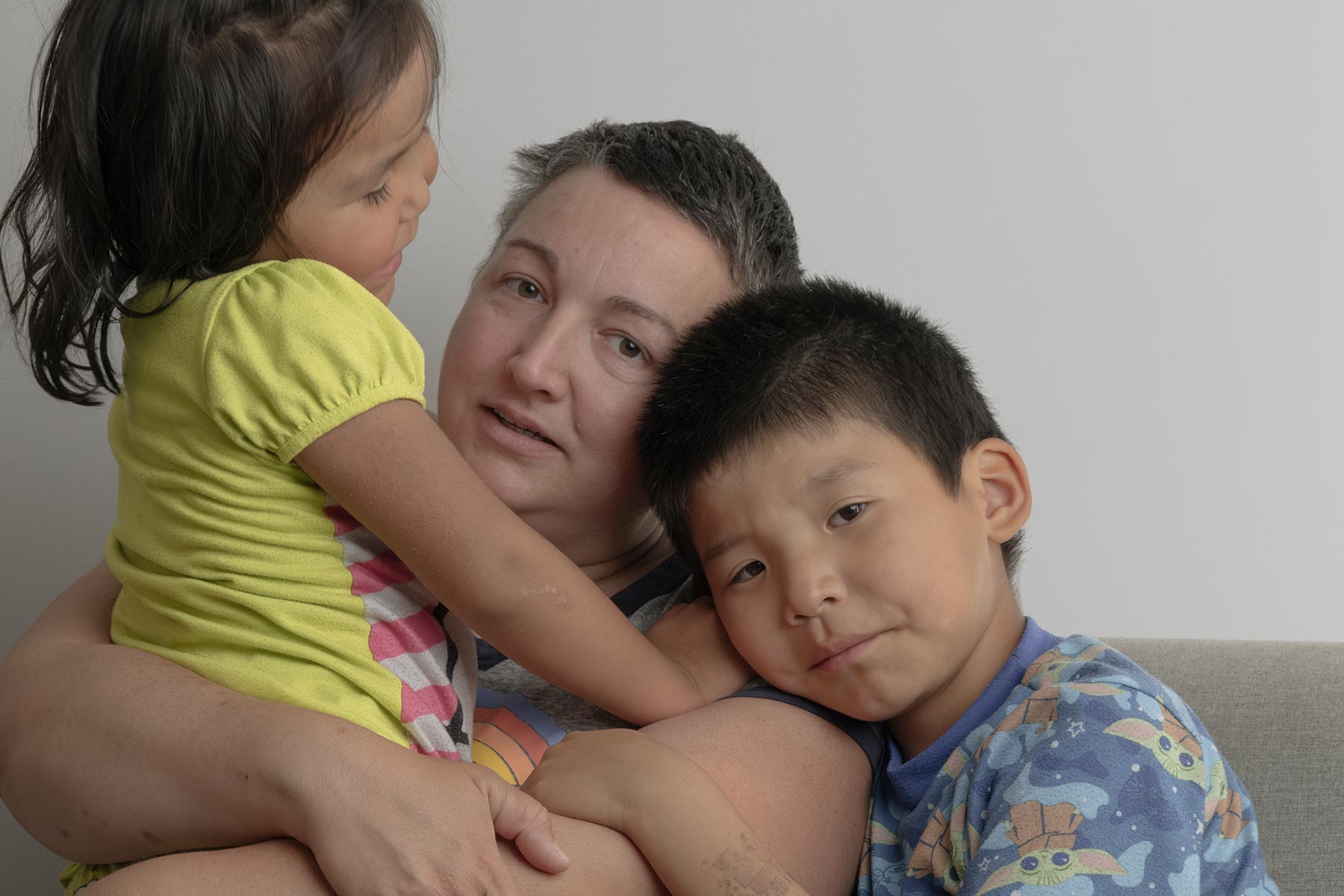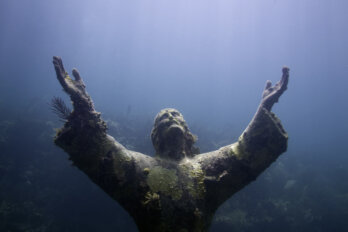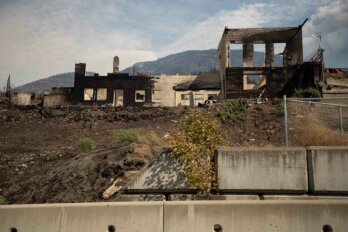ENVIRONMENT
Yellowknife’s Wildfire Evacuation Was Tailored for the Privileged
A year ago, about 20,000 people fled the city. For many, the evacuation was more traumatizing than the fires
WORDS AND PHOTOS BY PAT KANE
Published 6:30, August 16, 2024
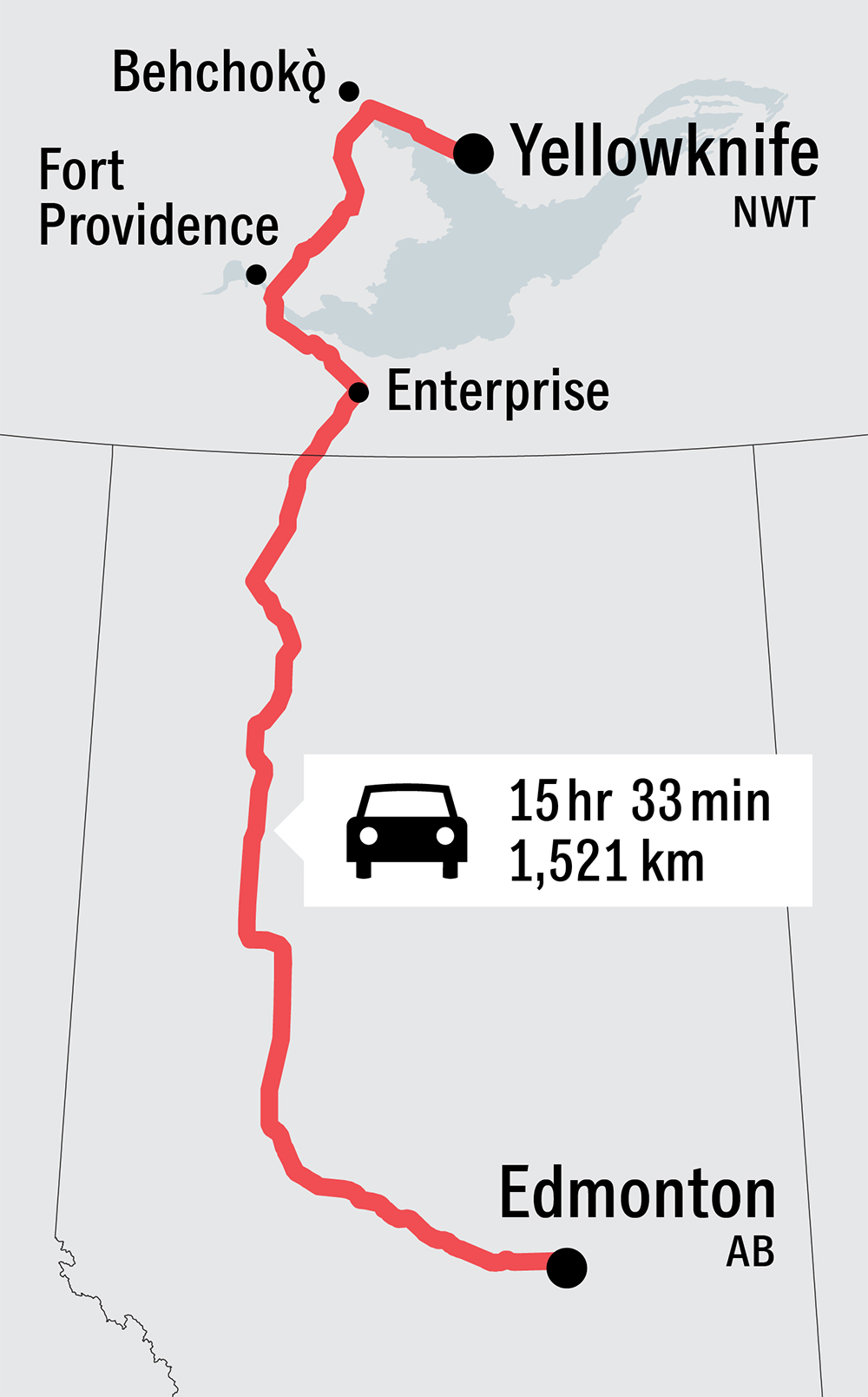
One year ago, on August 16, 2023, my wife and I were ordered to evacuate our home in Yellowknife, Northwest Territories, along with roughly 22,000 other residents. In a summer of smoke and flames, the NWT was hit especially hard. Wildfires came within a few kilometres of the communities of Behchokǫ̀, Hay River, the K’atl’odeeche First Nation, and Fort Smith. The small village of Enterprise was almost completely destroyed. Two-thirds of the territory’s nearly 45,000 residents vacated. I was one of the lucky ones who was able to drive to Edmonton and stay with family without incident. In the end, Yellowknife remained unscathed. For many residents, however, the evacuations themselves caused more trauma than the wildfires nearby.
Last December, the city council commissioned KPMG to assess the handling of the wildfire evacuation; the report was published earlier this summer. Many of the consulting firm’s findings echoed residents’ concerns: the City of Yellowknife and the Government of Northwest Territories (GNWT) were not prepared. Plans were uncoordinated and poorly communicated. Vulnerable people—which included the houseless population, those with medical needs, and those without financial means or vehicles—felt unsupported.
The evacuation of Yellowknife was, in many ways, tailored for the privileged. Thousands of residents drove 1,500 kilometres to Edmonton on the only highway out of the territory, with nothing more than some long days and minor inconveniences. Those who could not drive waited in lines with their families, for twelve hours or more, to board emergency flights to Manitoba, Alberta, and BC. Many evacuees ended up in an unfamiliar city with no family or money. Dozens of residents stayed back and volunteered their time to build firebreaks around the city or to act as support for firefighters and contractors.
Everyone has an evacuation story. Many are, by turns, frightening, frustrating, harrowing, humorous, and inspiring. I set out to interview Yellowknifers about their experiences—people of diverse backgrounds and living situations—and to photograph them inside their homes. I asked each to show me objects that they felt were important and meaningful during the evacuation, whether it was something practical or sentimental, and I photographed these items too. The people I spoke to offered insights about what worked during the evacuation, what didn’t, how to prepare, and what is at stake.
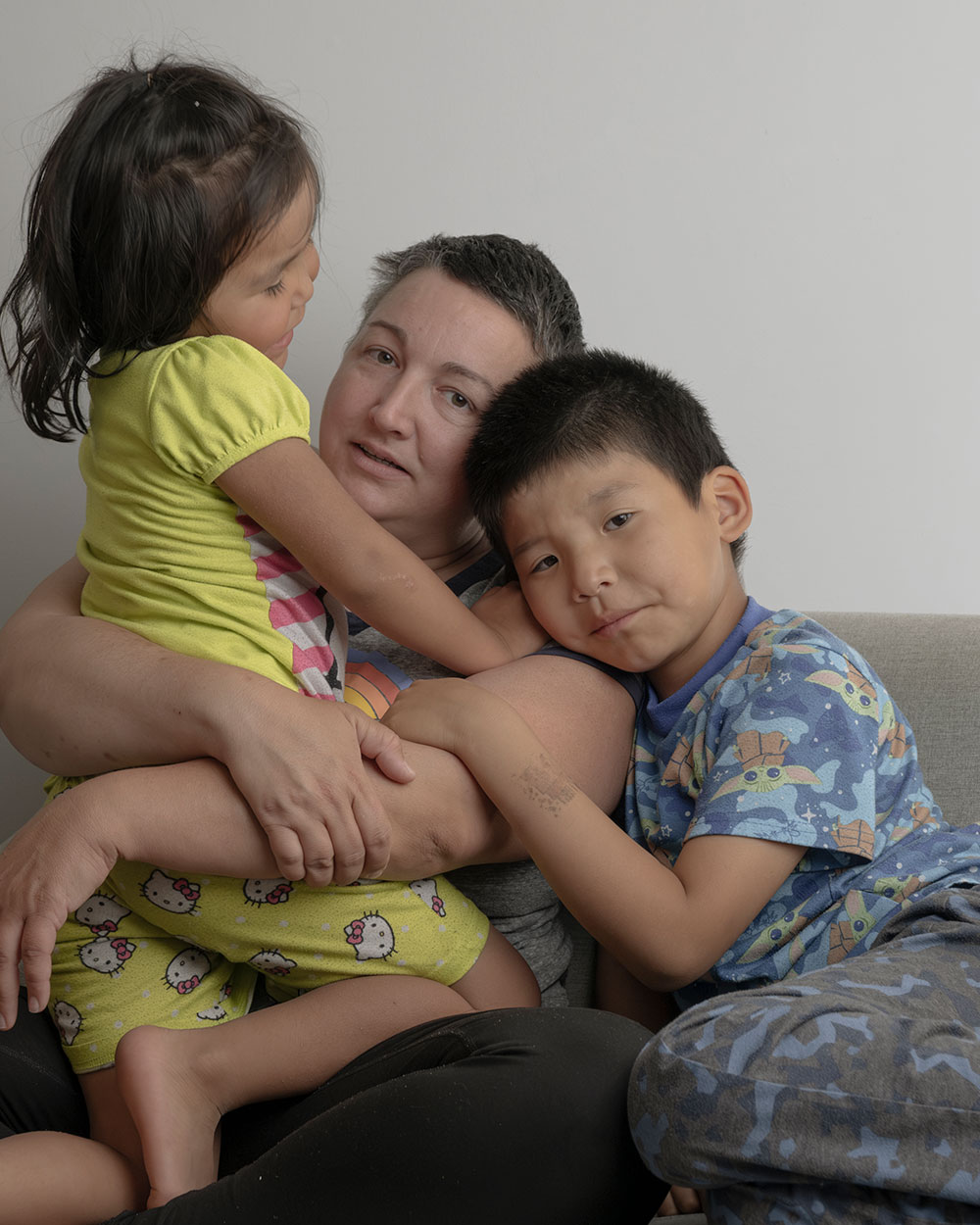

Amandine Galiussi
Amandine Galiussi, a former manager of a daycare centre, was visiting Alberta with her two kids when the order to evacuate Yellowknife was announced. She paid over $1,000 for three nights at a hotel in Edmonton until she was able to reach an evacuation centre, where the Red Cross provided more information and arranged accommodations. Without a vehicle, and with no family support, trying to care for two children who require daily medication made Galiussi feel overwhelmed. Even though she was still running her daycare centre remotely, the GNWT didn’t consider her an essential worker, meaning she had to shoulder all the costs. “When the evacuation order was lifted, I had to buy my own plane ticket home, with two kids,” she says.
If Yellowknife is subjected to another evacuation order in the future, “I can’t afford to drive sixteen hours, with the gas, and after that try to find a hotel,” she says. “Financially, I cannot evacuate.”
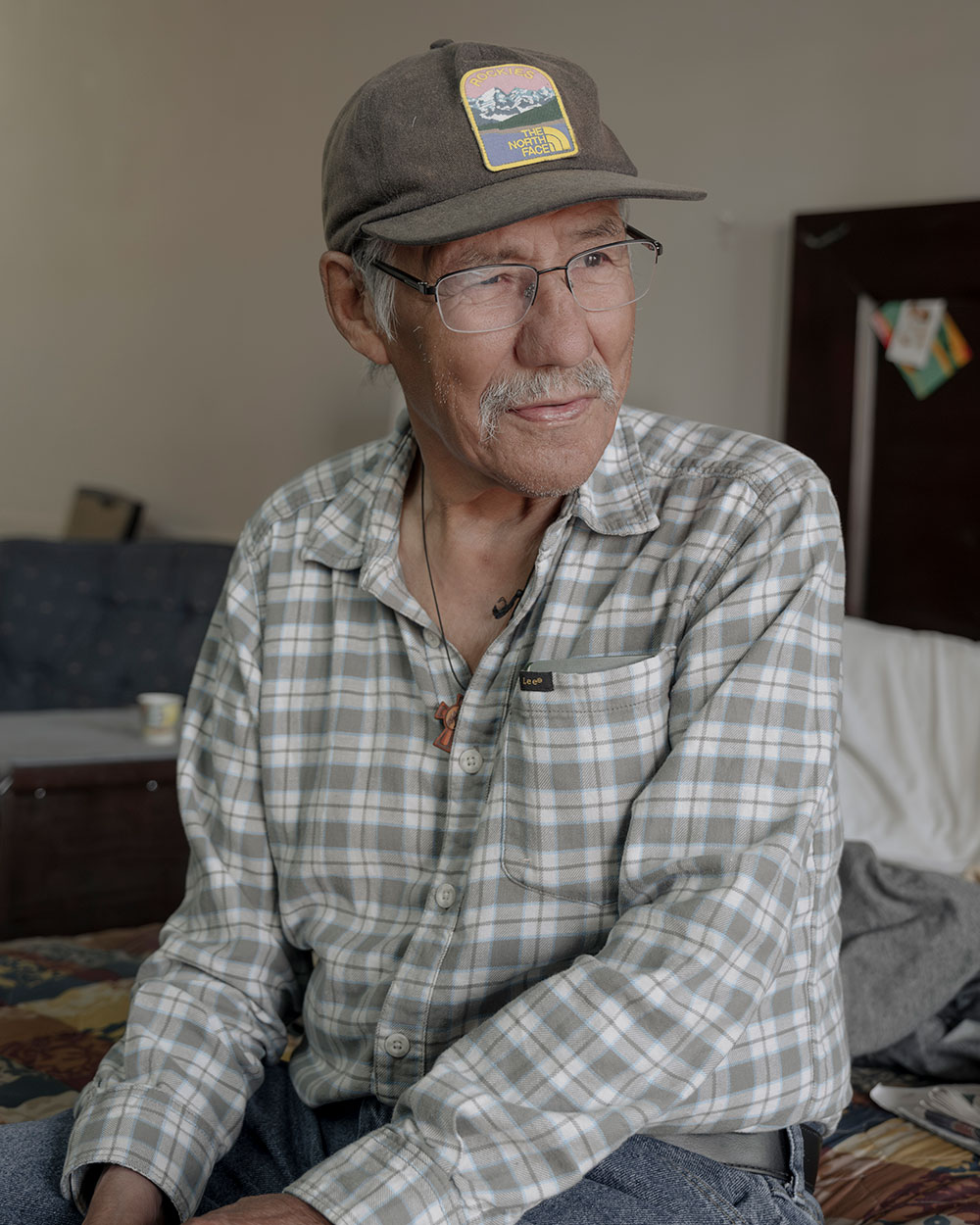
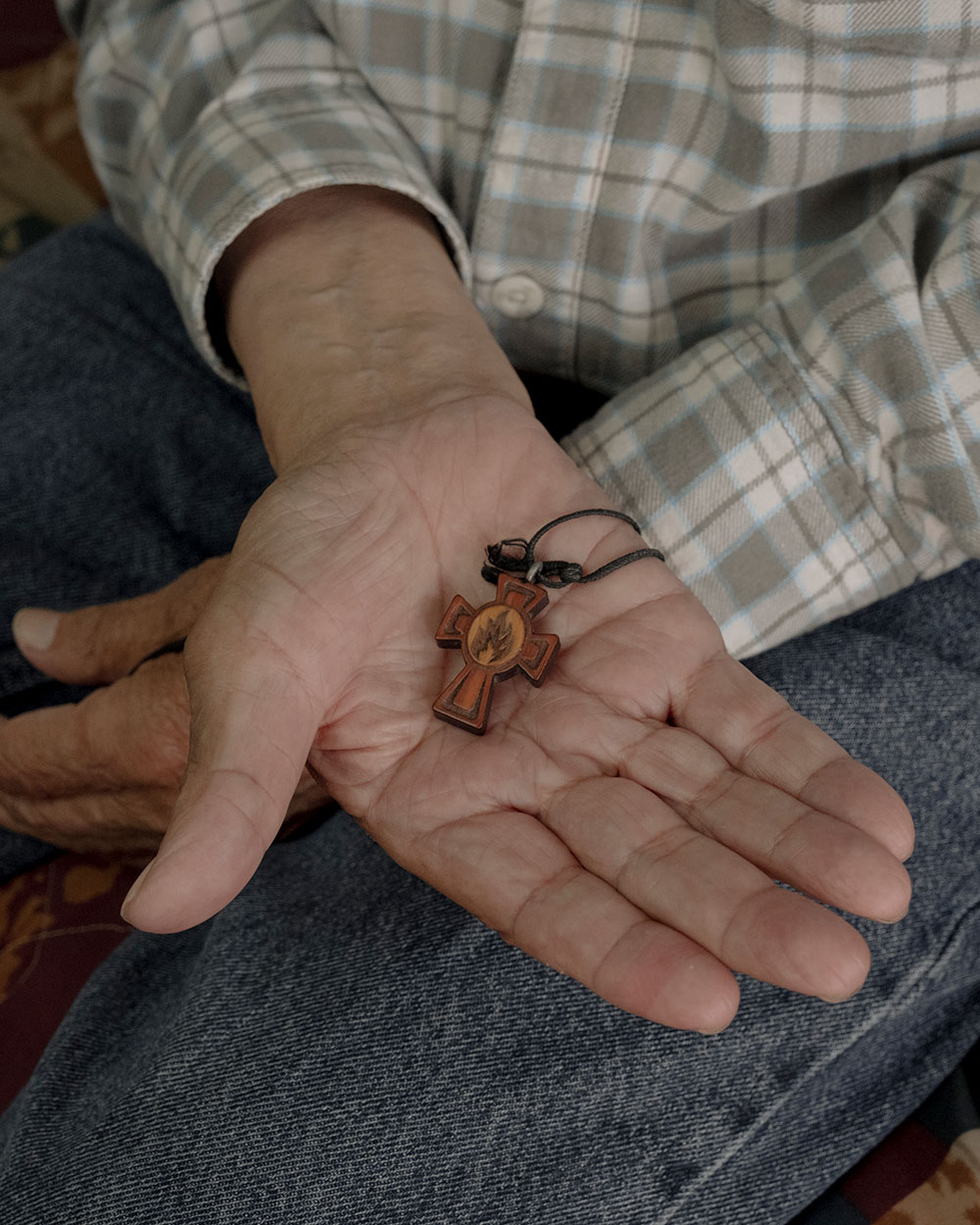
Benny Mantla
In the 1970s, Benny Mantla was a wildfire fighter in his home community of Behchokǫ̀ and, later, a trapper with a knack for catching white foxes. He was very close with his parents, making them breakfast every morning. When they passed away, in the early 2000s, Mantla slipped into alcohol addiction and, in 2013, left Behchokǫ̀ and lived on the streets of Yellowknife for the next ten years. When it came time for the city to evacuate last August, social workers, health care providers, and several non-profit organizations were forced into action to help Mantla and others in similar situations.
It took a total of fourteen hours for GNWT caseworkers to gather the unhoused, drive them to the airport, and get them onto chartered flights out of the city. They were flown to Fort McMurray, Alberta, where partner organizations helped set up accommodations in a mining camp just outside the city. (Expenses were borne up front by the Yellowknife Women’s Society and later reimbursed by the GNWT.)
For Mantla, staying at the camp was the first time in a decade that he had his own room with a private bathroom. “I liked that place. I could watch TV in my room, take a shower, brush my teeth, go play pool,” he says. The Yellowknife employees who evacuated with Mantla brought meals to his room and provided some alcohol as part of a management program so that he wouldn’t experience withdrawal. Mantla says he didn’t want to return to Yellowknife and the reality of living on the streets again, but Zoe Share, the deputy director with the Yellowknife Women’s Society, helped get him into a private room at Spruce Bough, a permanent supportive housing centre, as soon as he got back. A few days later, he went to see his friends on the street to make sure they were okay. “They had a sign that said ‘Welcome back,’ and we gave each other hugs,” he says.
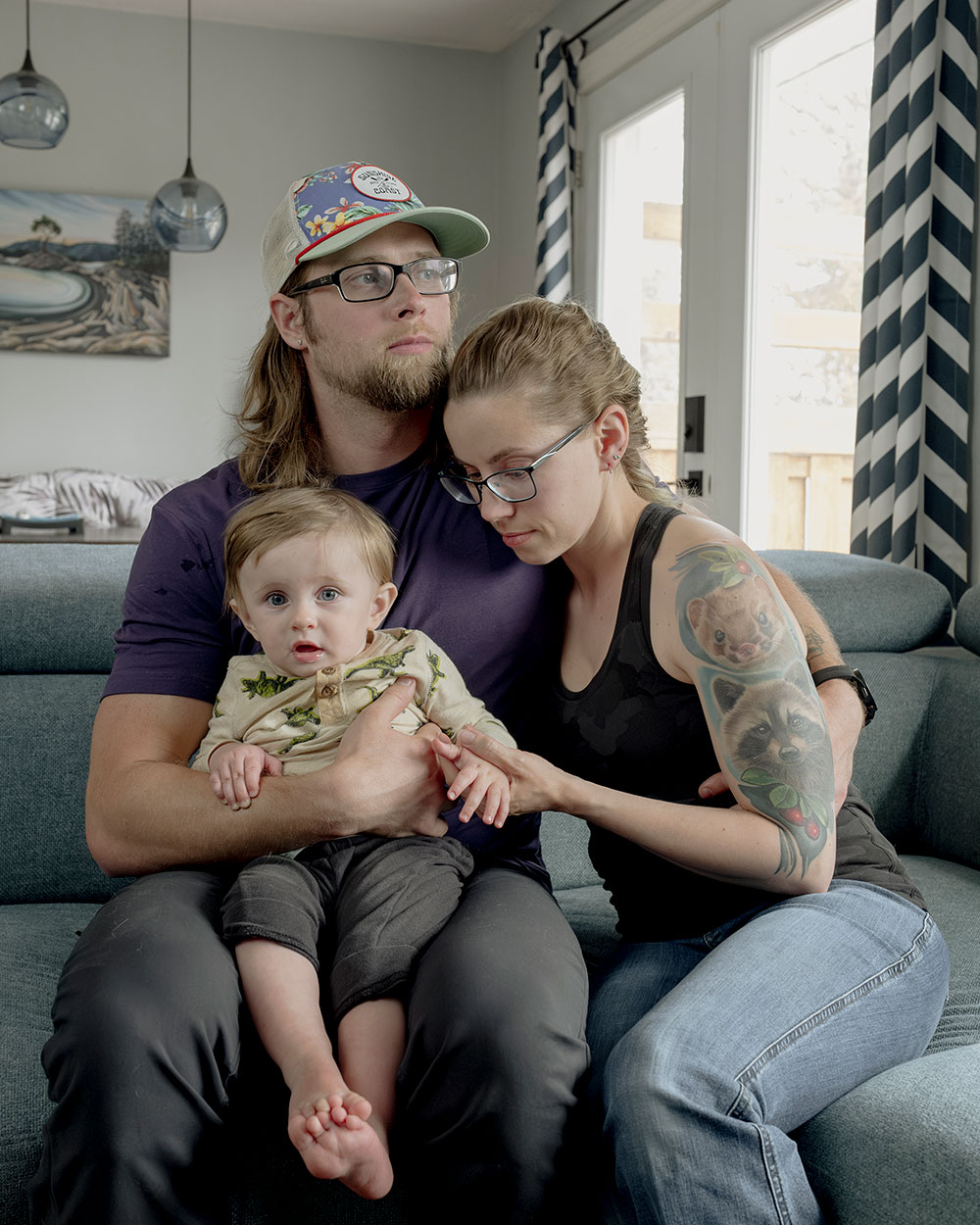
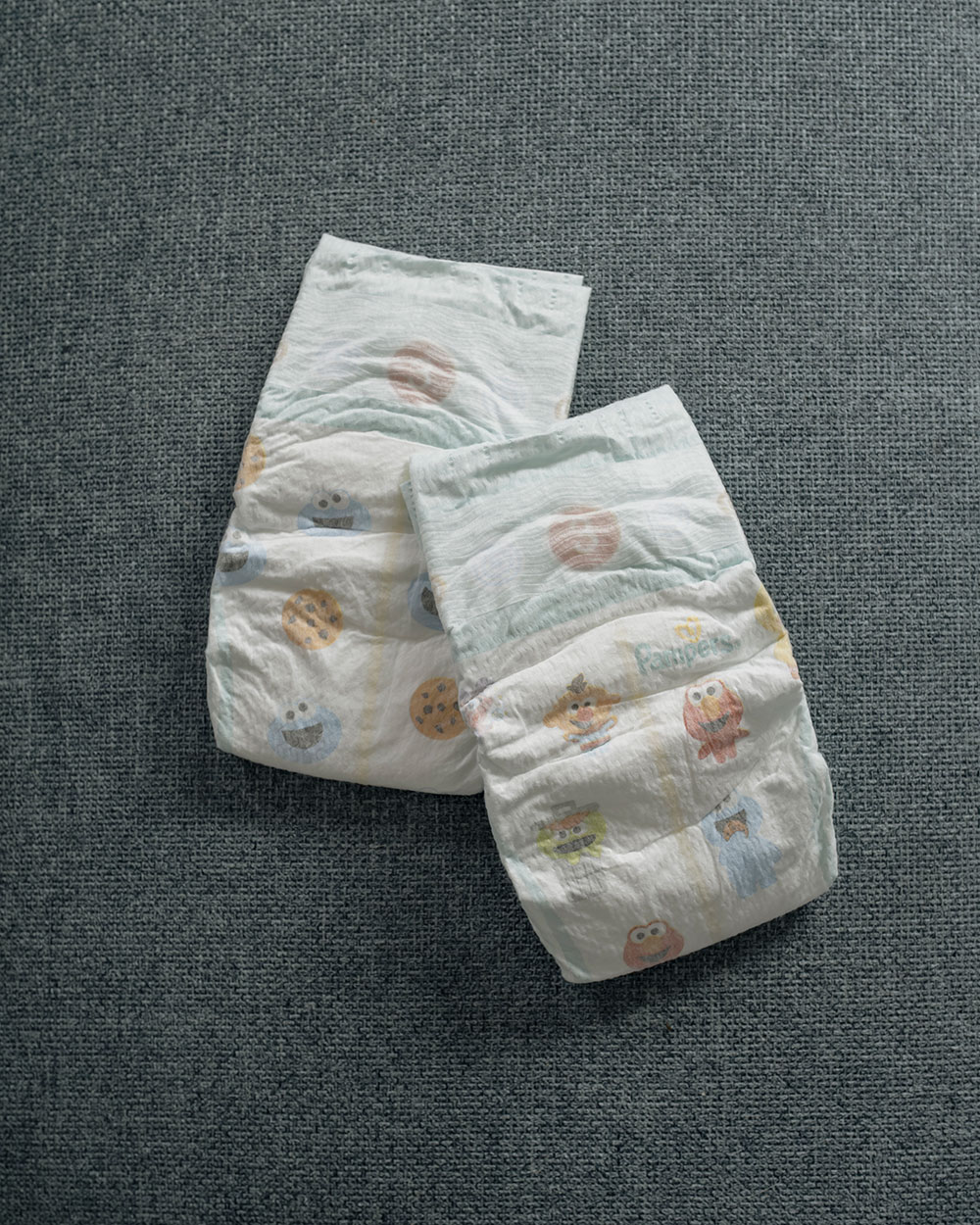
Claire Brookes
Six days before the evacuation, Claire Brookes gave birth to her son, Sterling, after twenty-nine hours of labour. Once she was discharged, the family, along with their two large dogs and two cats, crammed into their SUV and drove out of town until the smoke became so thick that Brookes suffered a panic attack. They returned home, where they tried to book a flight out, but by that time, the evacuation order was called, and all outgoing commercial flights were cancelled.
They tried driving out again the following day, this time forming a convoy with Brookes’s brother-in-law and his family. It took eight hours to reach Fort Providence, a small community roughly 300 kilometres south of Yellowknife—a drive that normally takes three hours—because there were so many vehicles trying to leave at the same time. “One of the things that was tough was that there were no bathrooms anywhere,” says Brookes. “I just had a C-section, I couldn’t crouch in the bush, and I had a six-day-old baby.”
The family eventually reached Edmonton and flew to Vancouver, winding up in Sechelt, BC, where they stayed with Brookes’s mother. “I do agree with the call to evacuate,” says Brookes. “Look at what happened in Enterprise and what was happening in Hawaii. Sure, people could have stayed, and it would have been the same result, but you never know. It’s not worth it.”
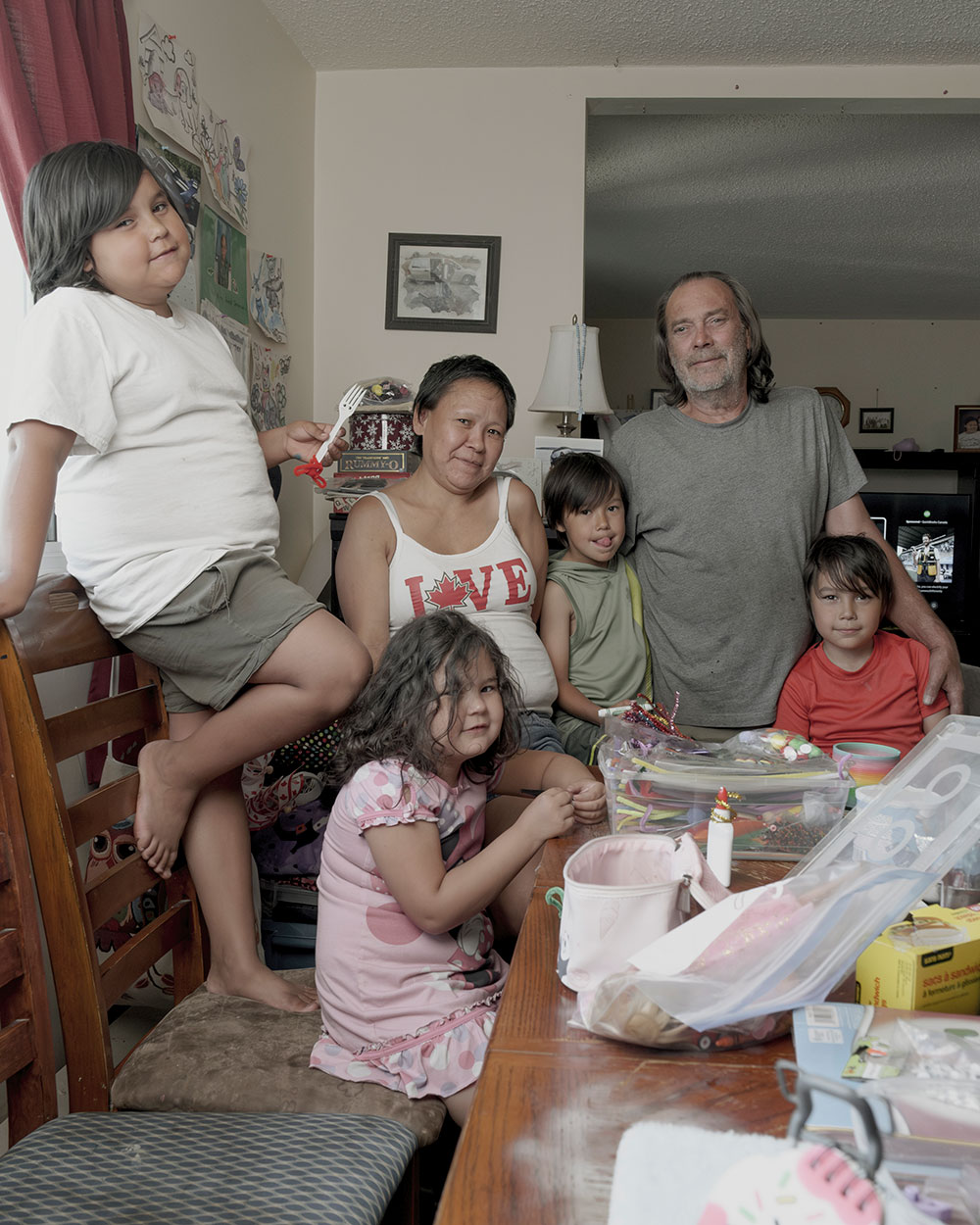
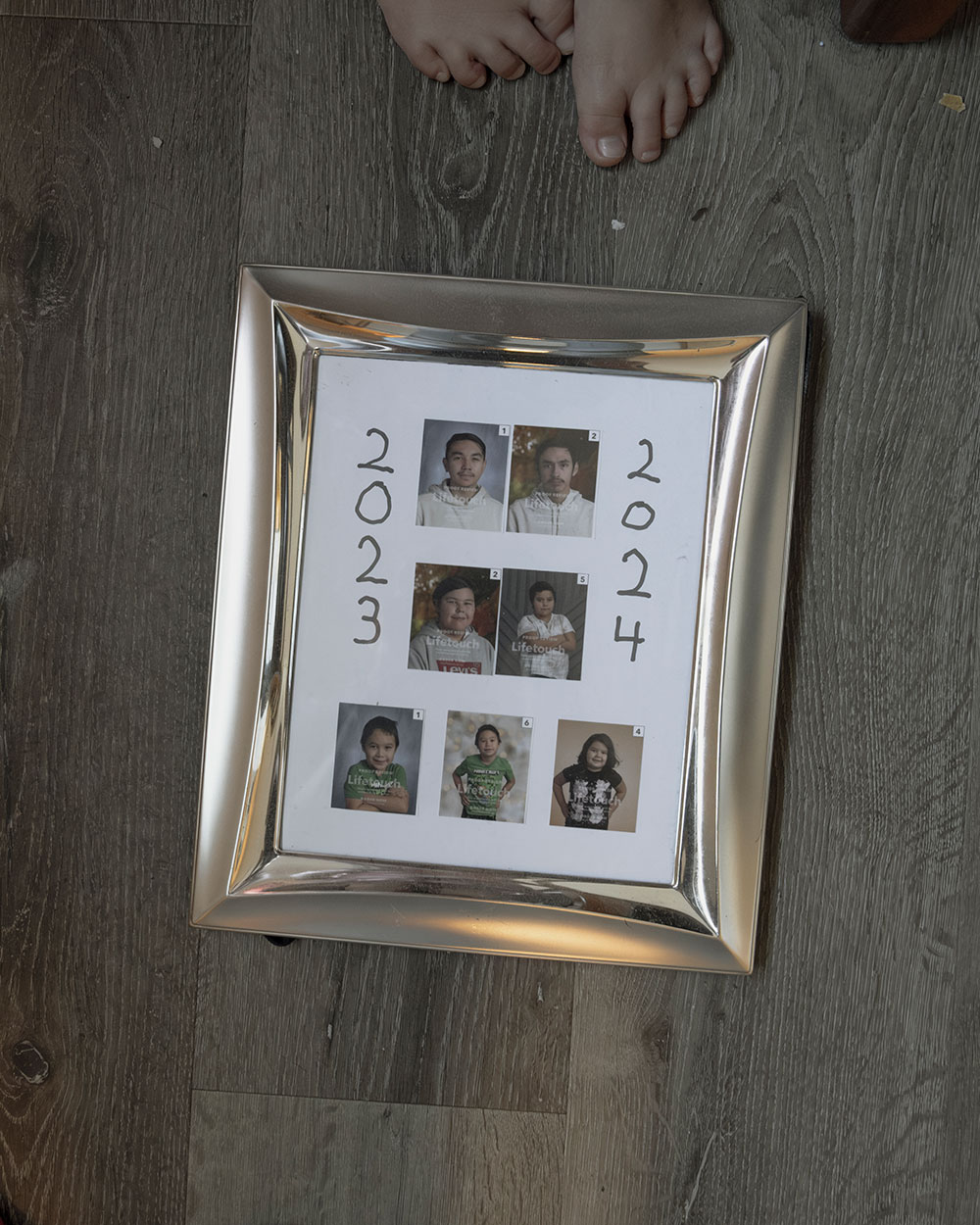
Dan Epp
Dan Epp, his partner, Lilliann, and their seven children waited outside a Yellowknife high school for eight hours to get a flight to Calgary, with only a small bag and one change of clothes each. “They didn’t give us any food, no water, nothing but some chocolates and juice boxes,” he says, referring to GNWT staff.
Hundreds of residents who did not have the means to drive south relied on airlifts to Calgary, Edmonton, and Winnipeg. When Epp and his family reached Calgary, they were sent to one hotel, only to find out it was full; at another, staff couldn’t direct them to an evacuation centre. Fed up, one of the evacuees called the police. When the officers arrived, Epp says, they helped send stranded evacuees to hotels throughout the city.
“We were in Calgary for three weeks,” says Epp, “and I told my children that we were on a holiday.” But if the family is ever forced to evacuate again, he says, “we’re not coming back.”
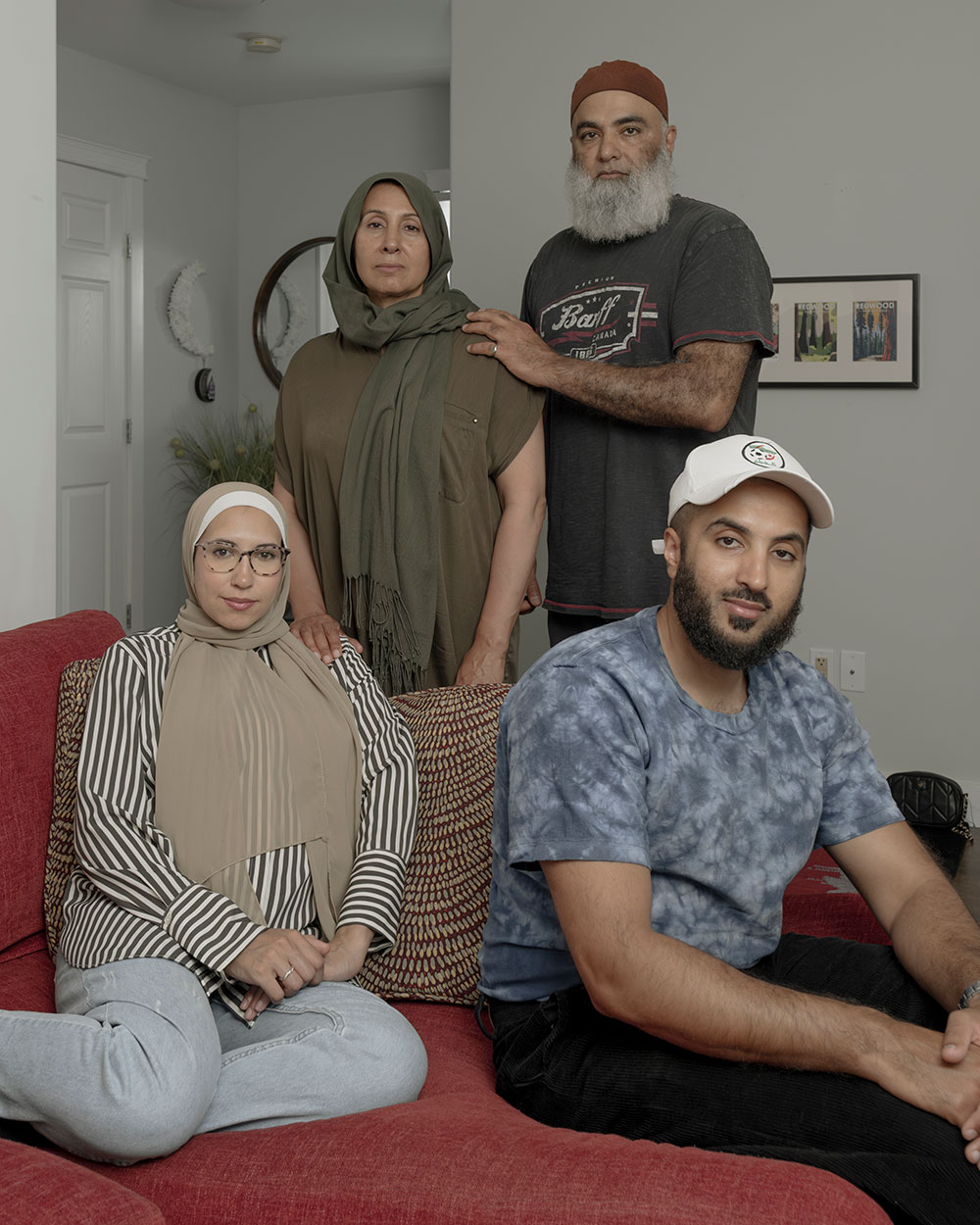
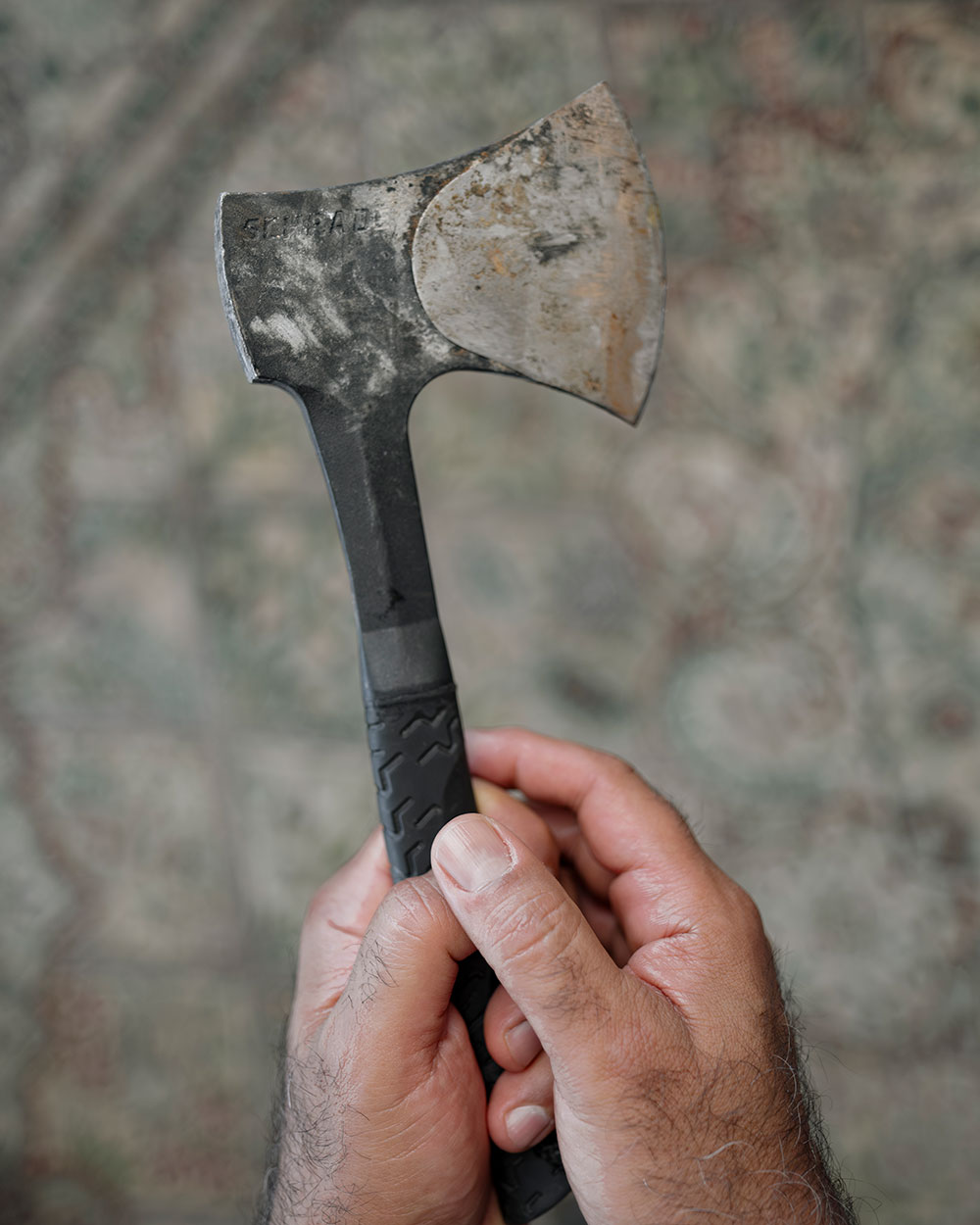
Iqbal Bhatti
Iqbal Bhatti, his wife, Anjum, their son, Haroon, and daughter-in-law, Razika, were among the roughly 1,000 residents who did not leave Yellowknife. They weren’t sure what the conditions would be like on the single highway out of the city, says Iqbal. “If an accident happens or if you get trapped and the fire comes through and there are hundreds of vehicles trapped on the highway, that’s not good.”
Iqbal and Haroon heard about other people who stayed behind to help contractors clear a perimeter around the city and decided to pitch in. With very little experience and training, the pair were tasked with clearing brush along firebreaks. Anjum volunteered her time to cook and prep food for the workers out of a hotel kitchen. Haroon, who works closely with Indigenous communities, learned supplies were running low in the communities that rely on Yellowknife businesses and air deliveries. “It was almost as though [the GNWT] completely forgot about them, and I thought that was terrible,” Haroon says. After speaking with evacuated Yellowknifers, Haroon, Razika, and other volunteers got permission to harvest food from residents’ gardens and put the produce on a chartered flight to Łutsel K’e, one of the communities that was running out of food. “A lot of people have gardens in Yellowknife, and people offered to give their fruit and vegetables, so me and Razika collected food from gardens for three or four days, and we were able to help charter a plane to deliver it.”
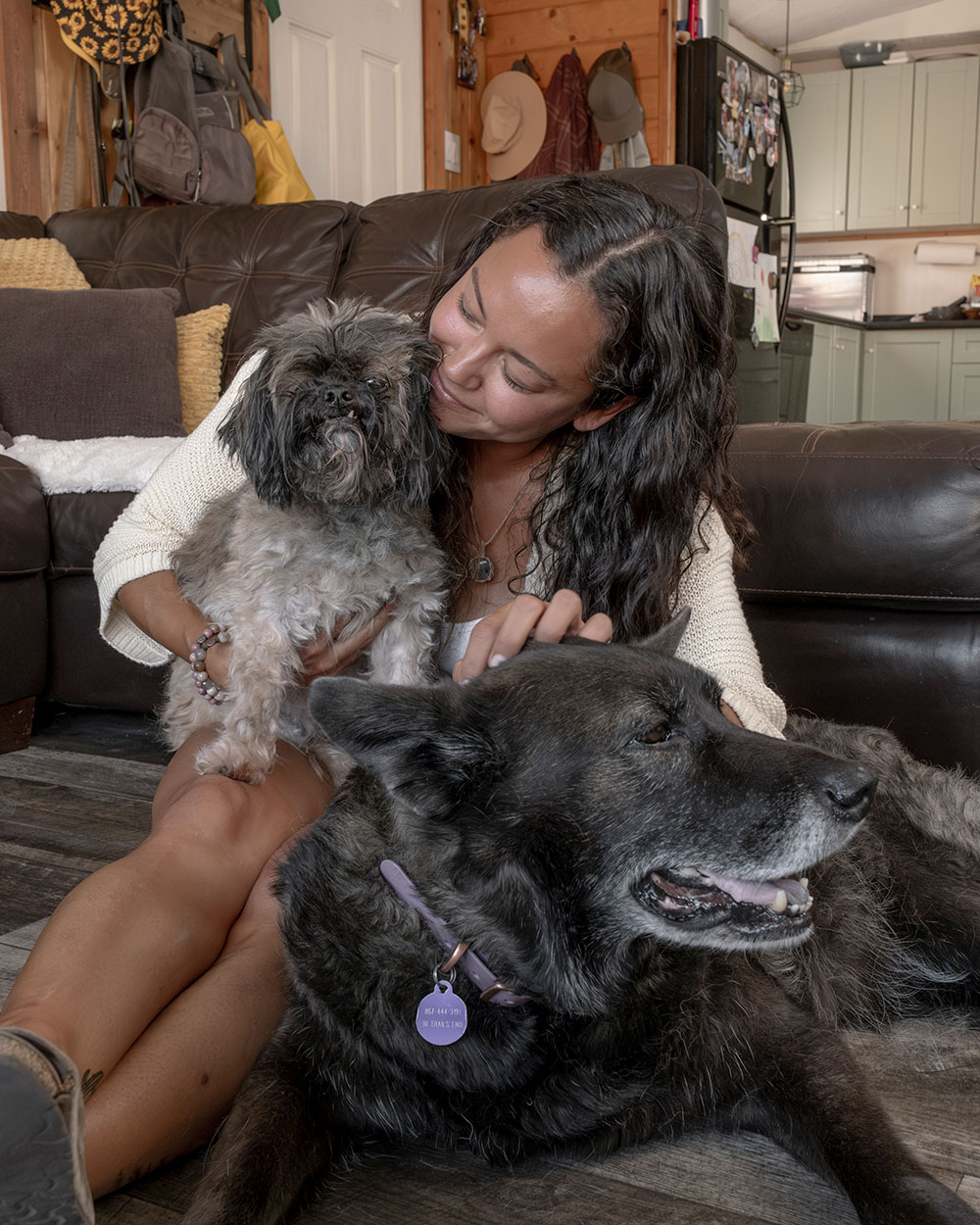
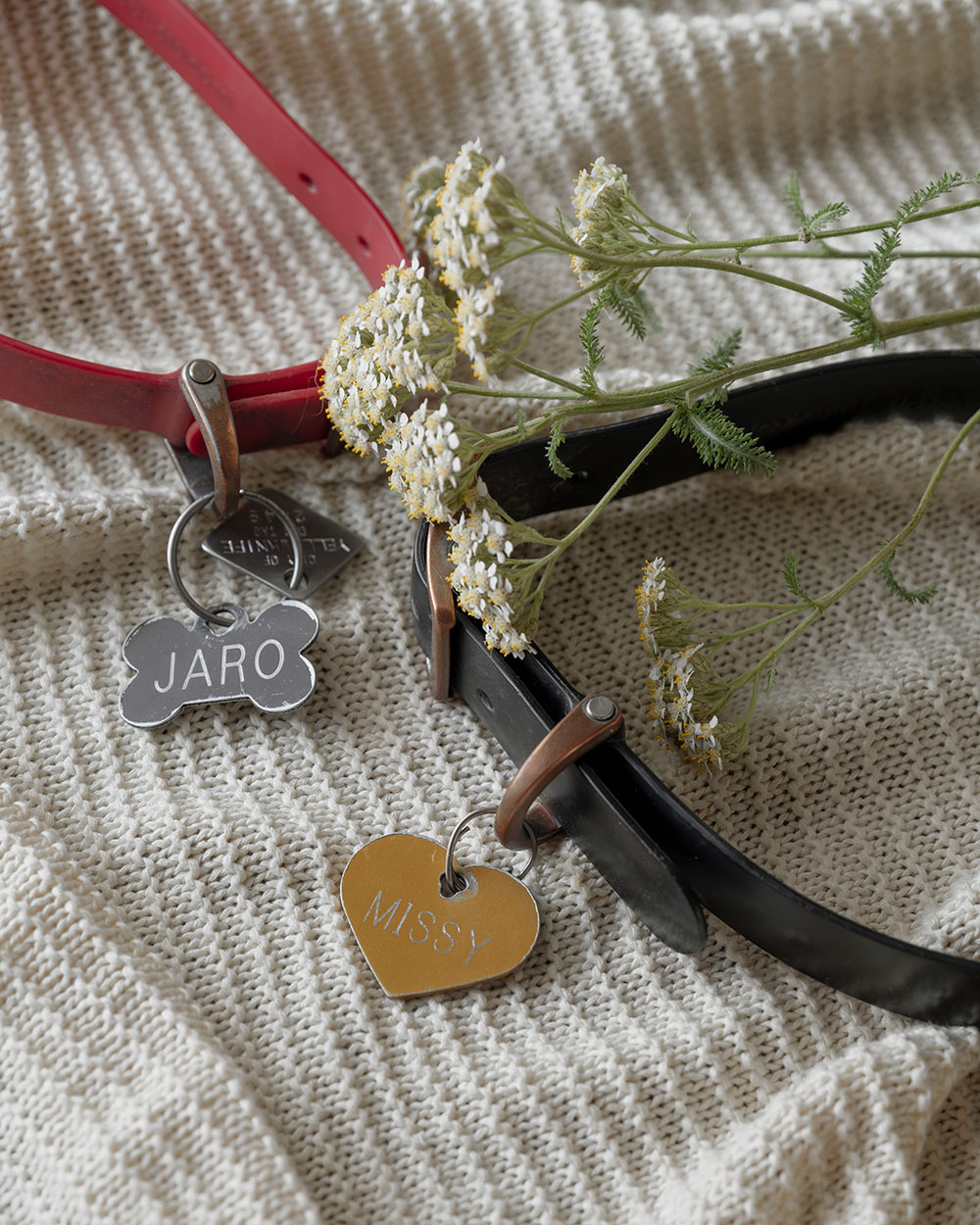
Michelle Tuma
A veterinarian with Veterinarians without Borders, Michelle Tuma was busy most of the summer helping families and their pets evacuate other hamlets and towns in NWT when Yellowknife was ordered to evacuate too. “I had just finished with the evacuation from Behchokǫ̀ and I thought I could finally get some rest, and then this happens,” she says. She and six others from the local SPCA were deemed essential workers and helped evacuees get their pets out. Once most of Yellowknife was empty, Tuma and her colleagues helped care for the pets of essential workers who stayed and any strays that were left roaming the streets.
The US-based charity Wings of Rescue, which evacuates at-risk pets from disaster areas, offered to help Tuma reunite pets who’d been left behind with their owners in southern Canada. Along with some dogs and cats, “we also got two snakes on the plane.”
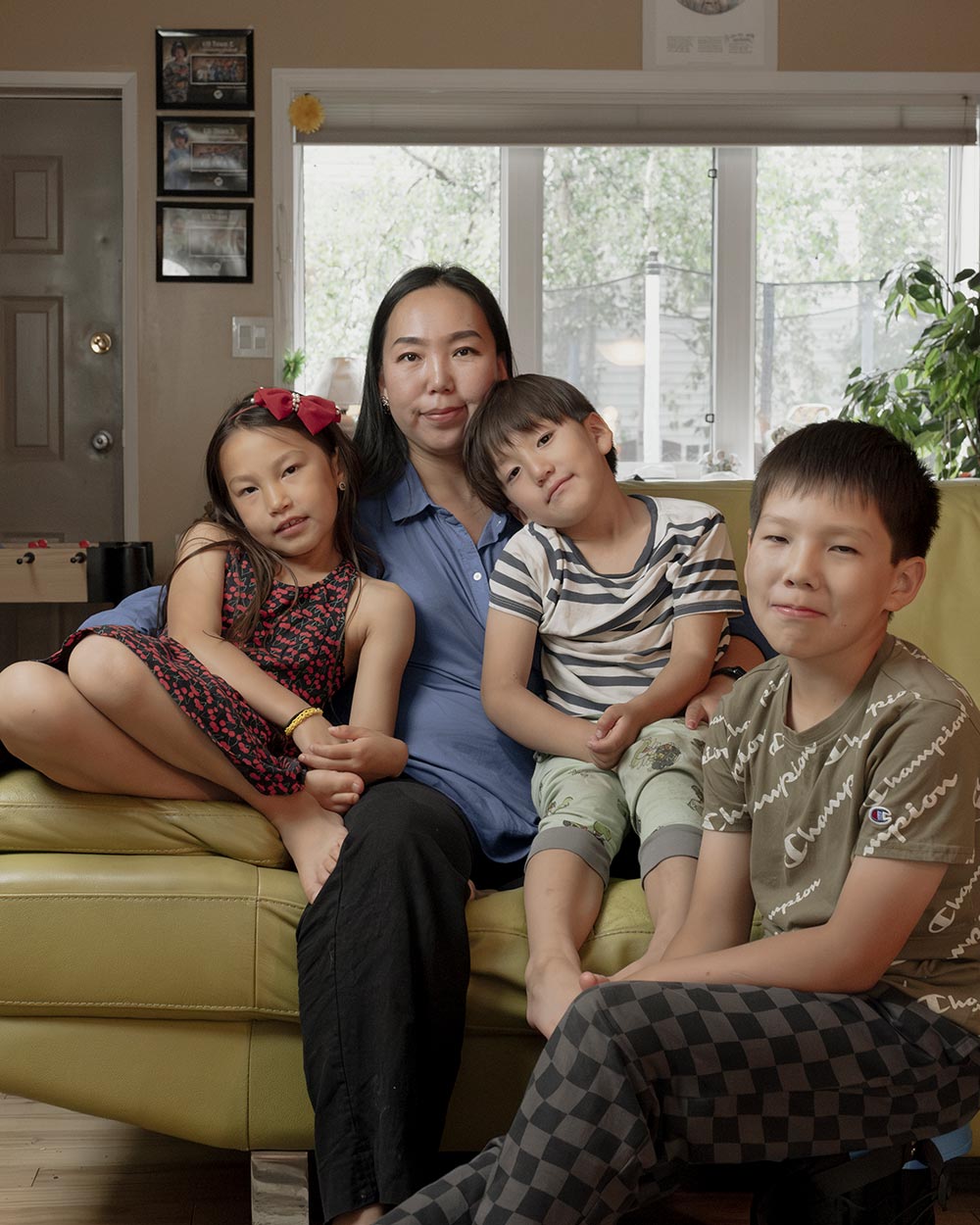
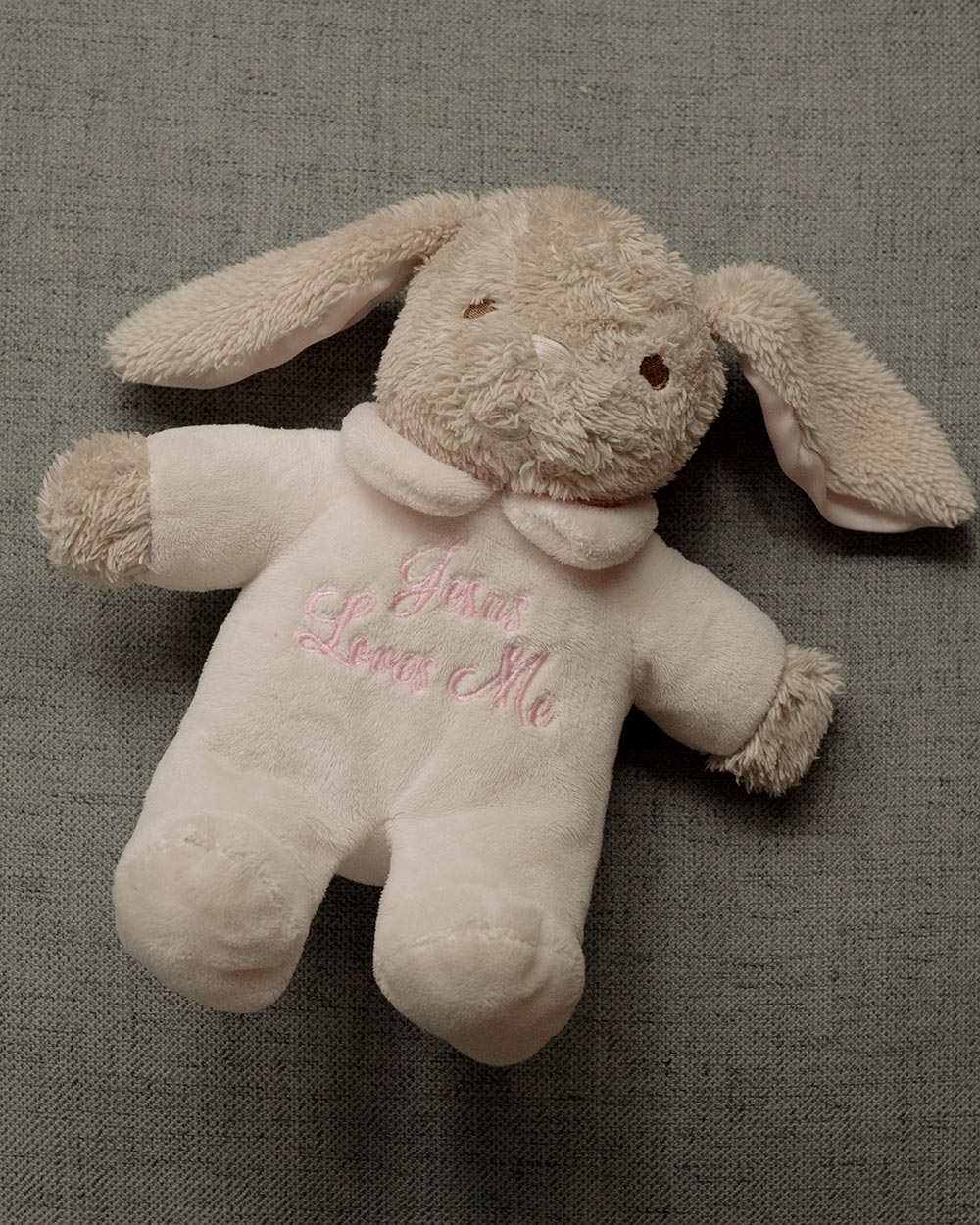
Oyuka Bernabe
When the evacuation order was announced, Oyuka Bernabe decided she would take an emergency flight to Calgary with her three children. Her husband, who works at a mine east of Yellowknife, was unable to find a flight home until the next evening.
The family was allowed to bring only one backpack or carry-on. The children packed a recorder, books, and stuffed animals. They spent twelve hours waiting in line for the flight, which meant Bernabe’s husband arrived in time to join them.
As the family waited in line, a police officer who recognized one of the children, Sebastian, from church asked if he could play some music. “Sebastian had his recorder, so he played ‘Fly Like a Bird,’ and people started giving claps,” says Bernabe. He also played “Amazing Grace.” “It was so nice because these people are very stressed and sad, and some of them [were] crying.”
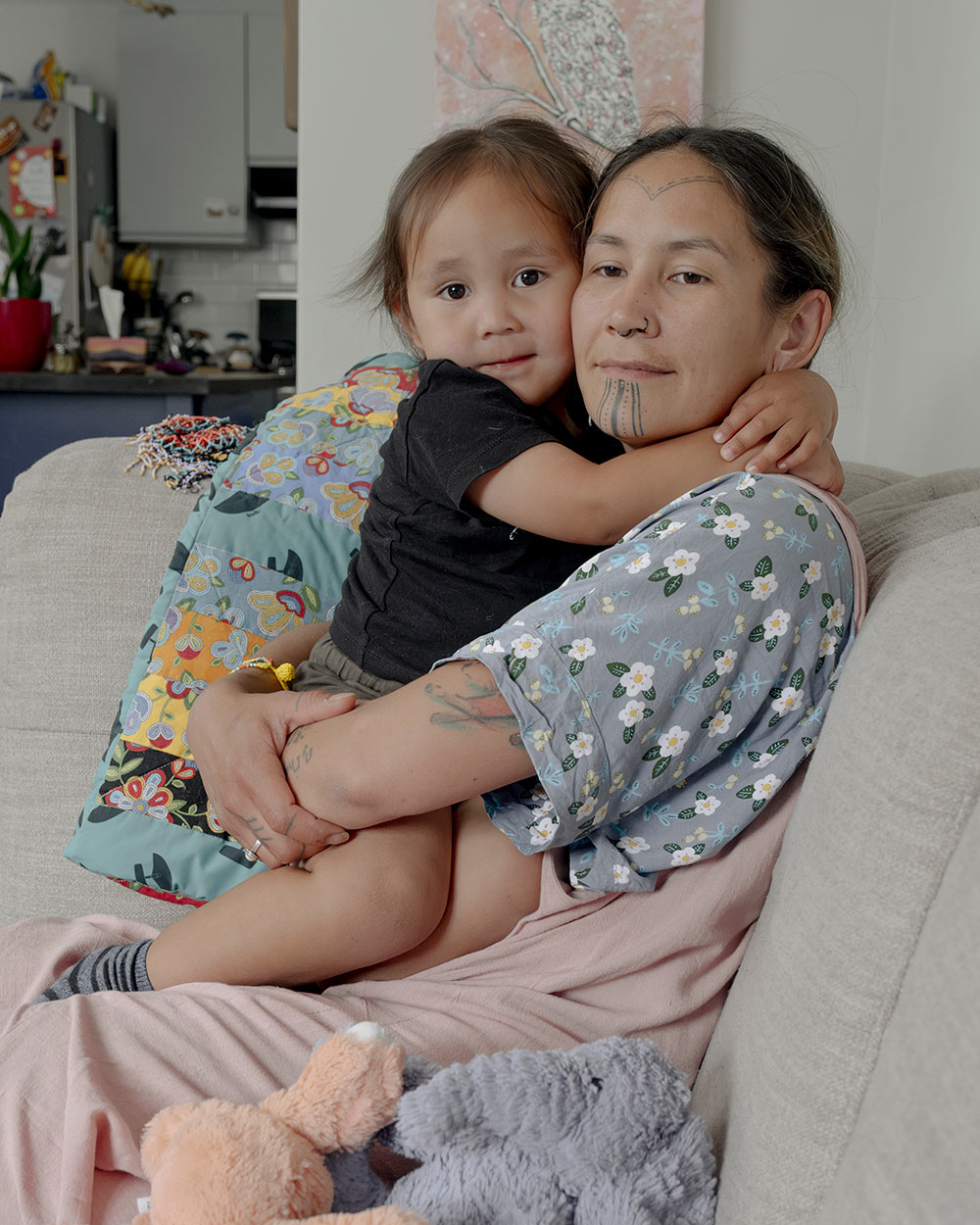
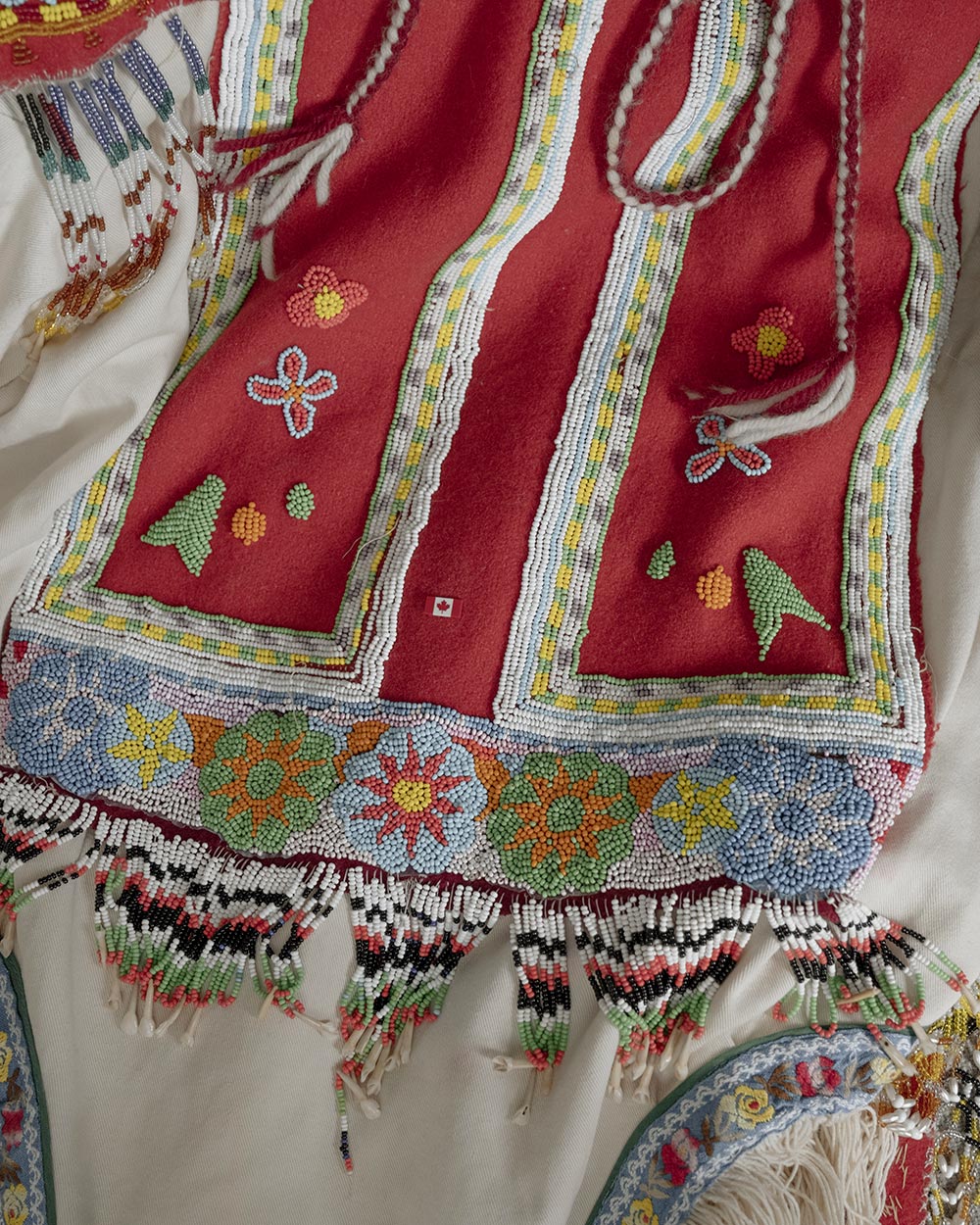
Qillulaaq Arngna’naaq
Qillulaaq Arngna’naaq says she was worried about her son, Ikajuut, inhaling all the smoke from the wildfires near Yellowknife. Not wanting to drive through the fumes on the only highway out of Yellowknife, she decided her best option was to fly to Inuvik, in the NWT’s Beaufort Delta. “My friends who live there offered us to stay with them, and it was good to get out of Yellowknife, go berry picking, and get away from the smoke,” she says. Arngna’naaq packed all she needed for herself and her son, in addition to a few important items, including a traditional Inuit amauti made by her grandmother. “I wanted to stay in the North,” she says. “It feels better here.”
With thanks to the Gordon Foundation for supporting the work of writers from Canada’s North.

